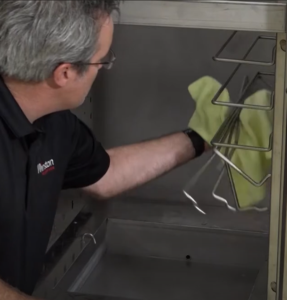It’s tempting to consider buying used commercial kitchen equipment instead of new. But is it a sound investment? It’s essential to look beyond the purchase price to understand the pros and cons of buying new vs. used.
First, let us be upfront. Winston doesn’t sell used equipment. Although you can find our products on used equipment sites, we are not involved in
those sales. Frankly, we prefer that everyone buys our products new. But we live in the real world, where economic conditions may discourage some customers from purchasing new industrial kitchen equipment. So, we want to look honestly at the aftermarket for used commercial kitchen equipment.
Cost Savings
This is probably the number one reason folks buy used equipment. Used equipment is typically sold at a significantly lower price compared to new equipment. Your initial cost can be exponentially lower than new. But there are risks involved (which we’ll get into later).
Bargaining Power
When purchasing new equipment, there’s often not much wiggle room on the price. On the other hand, when purchasing used equipment, you usually have more room for negotiation. Sellers may be more willing to haggle, especially if the equipment has been on the market for a while or if they are looking to clear inventory quickly.
Immediate Availability
Unlike ordering new equipment, which often has lead times, used equipment is usually readily available. During the pandemic, many manufacturers (Winston included) struggled with supply chain issues and long lead times. But as the pandemic fades away, so are excessive lead times. Speaking for ourselves, our lead times are back to pre-pandemic levels.
Warranty (or Lack Thereof)
Unlike new equipment, used equipment usually does not come with a warranty. If the equipment doesn’t work, or malfunctions and requires repairs, you may bear the cost of repairs yourself.
Wear and Tear
Used equipment will unavoidably have wear and tear. Depending on the condition, you may need to invest additional time and money in refurbishing or repairing the equipment. Much depends on how well the appliance was cared for by its original owner. Proper maintenance can add years to a unit’s life.
Compatibility and Obsolescence
Older equipment models may not be compatible with newer technology or may need features that more recent models offer. It's essential to assess the compatibility and suitability of the used equipment for your specific needs. If you need all the bells and whistles, there may be better choices than used equipment.
Limited Selection
The availability of specific used equipment models may be limited, especially if you have specific requirements or preferences. You may need to spend more time searching for the right equipment or compromise on must-have features.
Uncertain History
When purchasing used equipment, you probably won’t know the full history of the unit. It's possible that the equipment wasn’t maintained properly, or has hidden defects that may only become apparent after purchase.
Caveat Emptor
Purchasing used equipment can be a tempting option. But if ever there was a situation where Caveat Emptor applies; it’s this. Many used equipment sales involve buying the unit sight unseen. Ideally, you’d thoroughly inspect the unit, inquire about maintenance records, and test their functionality. But it’s more common for used equipment to be sold by description alone. As Forrest Gump once said, “You never know what you’re gonna get.”
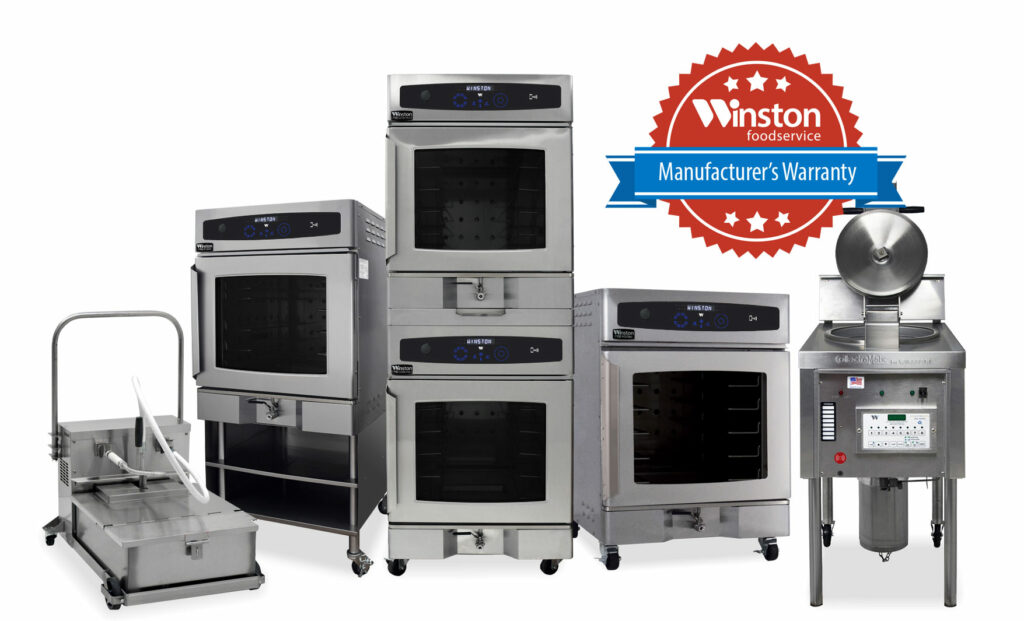
Reliability and Durability
New equipment won’t have wear and tear, helping ensure its reliability and longevity. New equipment comes with warranties, providing peace of mind and protection against manufacturing defects.
A one-year limited warranty protects Winston’s products
Customization and Features
New equipment often incorporates the latest technological advancements and features. You can choose equipment that suits your needs, preferences, and operational requirements. This allows you to optimize your restaurant’s efficiency, productivity, and safety.
For example, Winston’s newest generation of CVap equipment offers such advanced features as automatic HACCP data recording, programmability via smartphone or USB, and eight programmable channels.

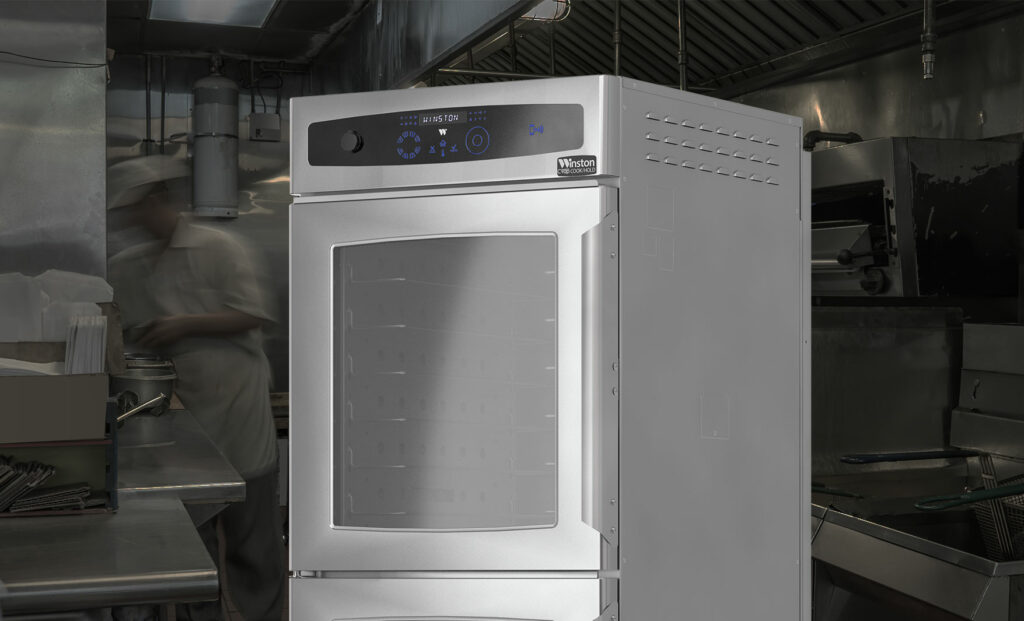
Energy Efficiency
New equipment tends to be more energy-efficient than older used models, helping you save on utility bills.
Winston’s CVap equipment utilizes heated water vapor as its primary heat source. Heated vapor is efficient at thermal transfer, meaning more energy is absorbed directly into food. In addition, CVap products don’t require vent hoods in most locations, eliminating the energy consumption hoods would have on your electricity and HVAC systems.
Health and Safety Compliance
Restaurant equipment must meet strict health and safety regulations. Purchasing new equipment ensures that it complies with the latest industry standards. This reduces the risk of foodborne illnesses, accidents, and potential legal issues associated with non-compliant or outdated equipment.
Winston’s products comply with all domestic and most international requirements, such as UL, C-UL, UL Sanitation, CE, MEA, EPA202, and others.
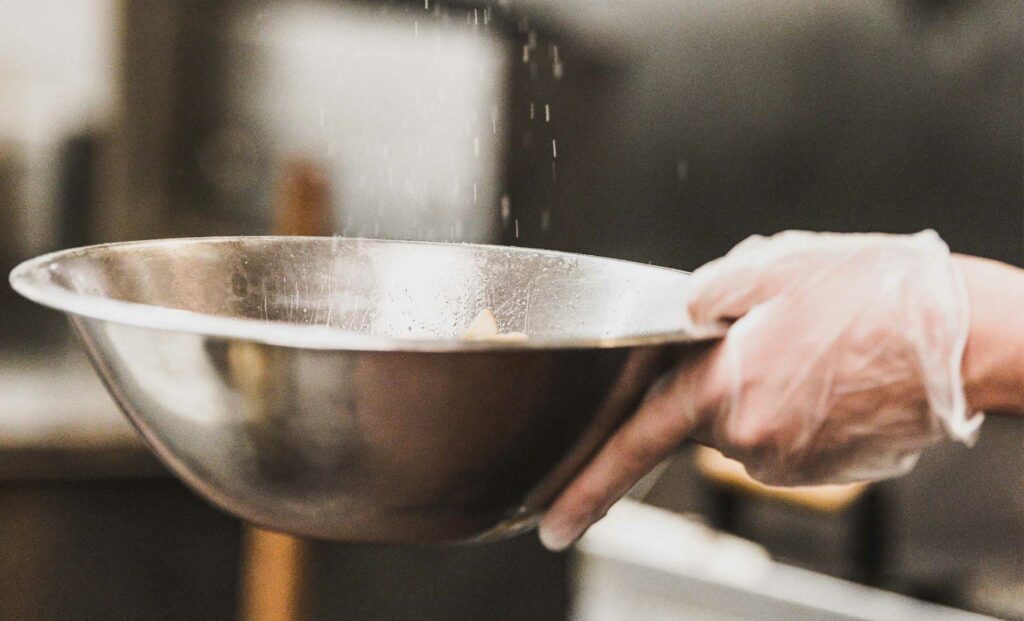
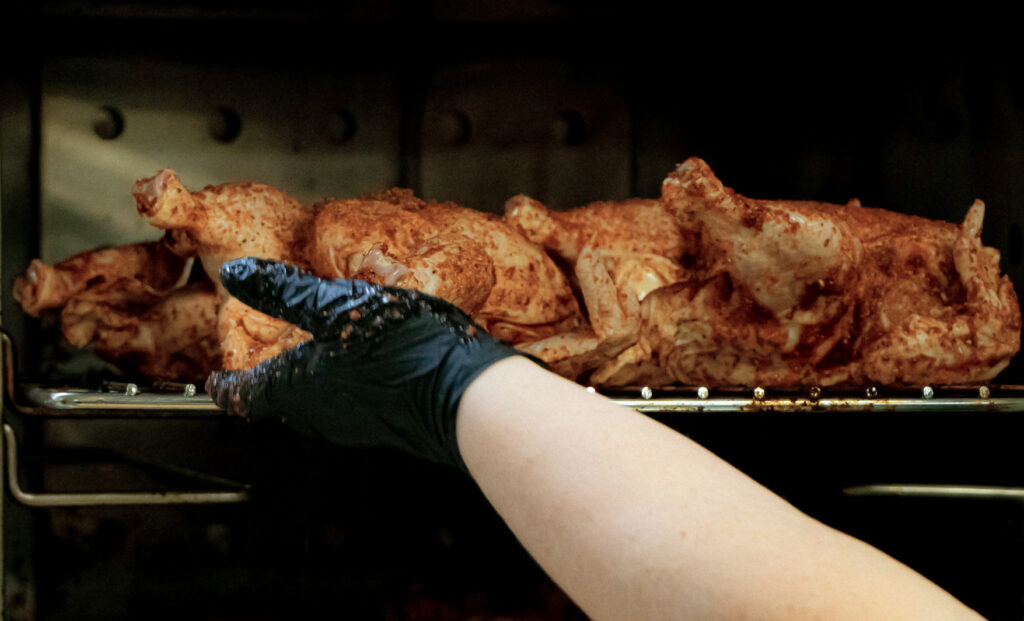
Improved Performance
Newer equipment often offers improved performance, allowing you to prepare food faster, maintain consistent quality, and meet customer demands efficiently. Upgraded features, such as precise temperature control in ovens or energy-efficient refrigeration, can positively impact food quality and overall operational efficiency.
CVap cabinets and ovens have gotten significant upgrades in the last few years. Their improved performance and functionality are undoubtedly worth considering.
Easier Maintenance and Support
New equipment typically comes with user manuals, maintenance guidelines, and access to manufacturer support. If needed, you can quickly obtain spare parts, and technicians are generally more familiar with repairing newer models. This reduces downtime and ensures a more seamless support experience.
Winston’s Customer Care Team is available around the clock. They are happy to help with any questions or issues with your Winston products. While our team goes above and beyond to assist, the truth is that the older a piece of equipment is, the less likely it is that parts or literature are available.


Financing Options
Most OEM/Suppliers do not sell direct but often make their products available through 3rd party distributors and resellers. Some of these dealers may offer financing options for new equipment purchases, making it easier to manage upfront costs. These options can help you spread out payments and maintain cash flow in the early stages of your restaurant’s operations. Even if your chosen dealer/reseller doesn’t offer in-house financing, you’ll frequently have more options from outside lenders when buying new equipment versus used.
Aesthetics and Branding
Let’s admit it…new equipment looks better. New equipment enhances the visual appeal of your operation. Sleek, modern designs contribute to a positive customer experience.
While our CVap products have always been reliable, they didn’t always look that great. Our latest CVap line is an improvement in the aesthetics department.
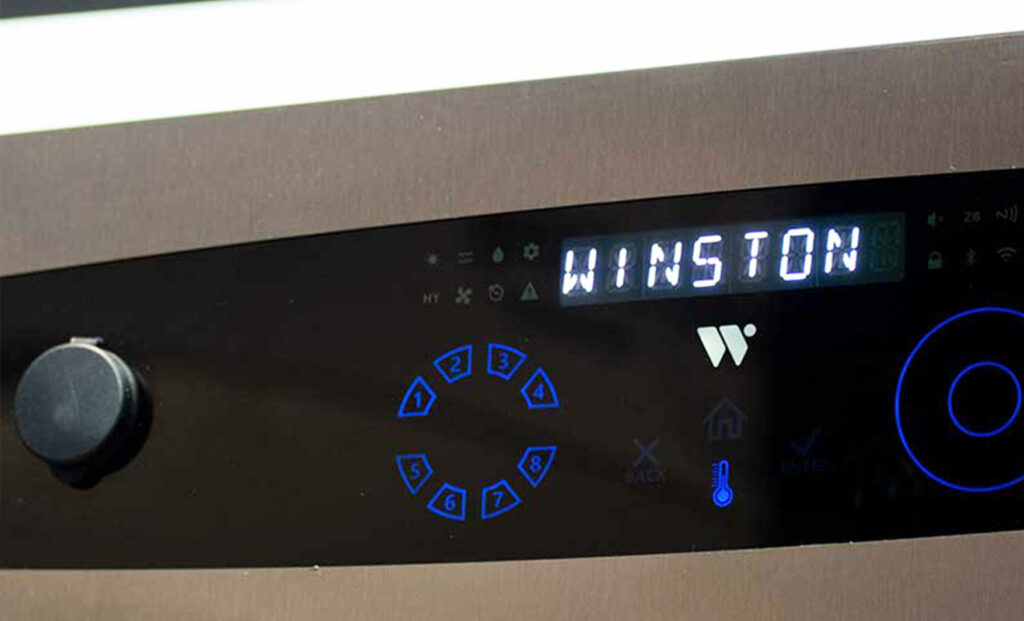
New is Better in the Long Run
While used equipment offers cost savings upfront, it’s essential to consider the potential risks and additional expenses associated with maintenance, repairs, and compliance. Investing in new commercial restaurant equipment positions you for long-term reliability, efficiency, and success. What’s your peace of mind worth to you?
